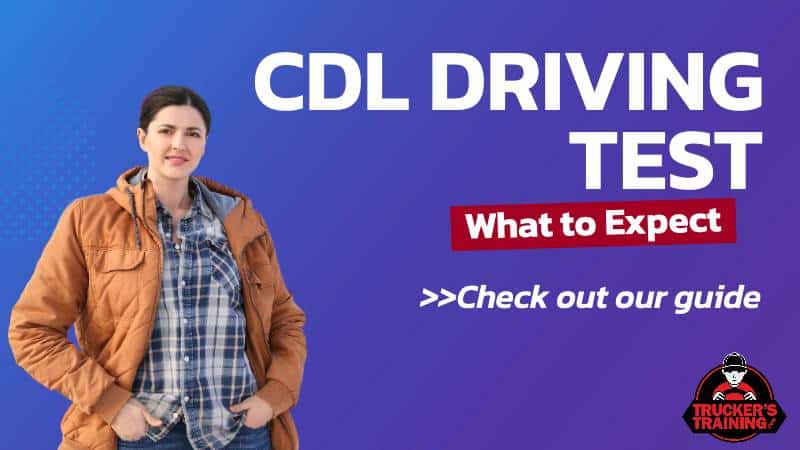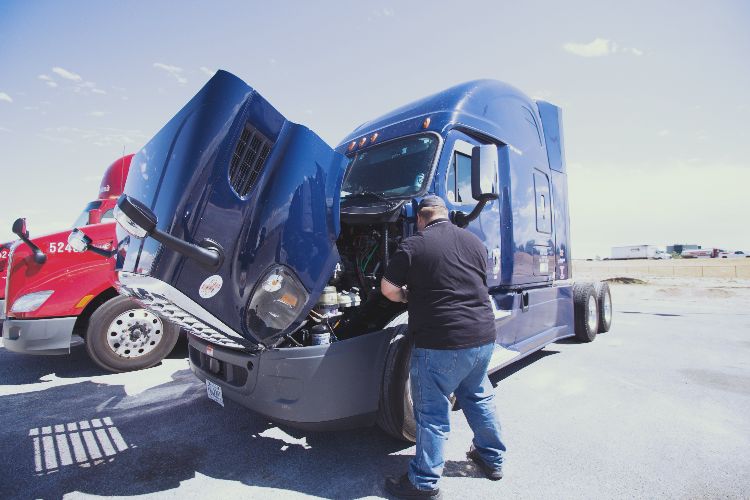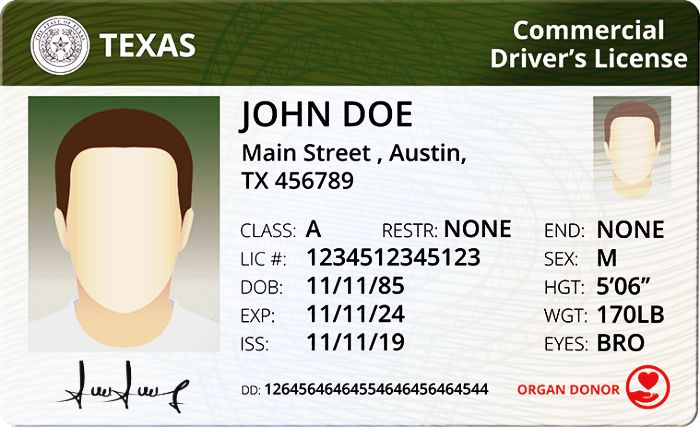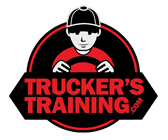The last major step to obtain a CDL is the Driving Test. After getting a medical certificate, background check, all the written tests, and hundreds of hours working with the equipment—taking the Driving Test can be nerve racking whether it’s for your Class A or Class B license.
A proper driving school will prepare you to take this final test. All of the material described briefly below will be explained by the school in exhaustive detail, which is another reason that it’s important to pick a good school.
This article will explain the various parts of the test, so you:
- Will have a good understanding of the testing process
- Can ask the right questions when you are picking a driving school
Parts of the CDL Driving Test
There are three separate parts of the driving test:
- Pre-Trip Inspection
- Highway/City Driving (aka. “On-road Driving”)
- Skills (aka. “Basic Controls”)
Each is designed to confirm that the student driver can properly control a truck and can operate the equipment safely.
Pre-Trip Inspection
The student will be required to point to (and/or touch) each primary component of the truck, call out its name, and describe what it is being inspected for.
For example:
-
- Steering box, bolted securely, no streaks of rust, no shinny bits of metal.
- Pitman arm, not cracked, cotter pin attached, no streaks of rust, no shinny bits of metal.
- Drag link, not cracked, firmly attached to pitman arm, ball joint(s) in good order.
Note: “Streaks of rust” could indicate that there are loose bolts or metal parts rubbing against each other. “Shinny bits of metal” show where parts are rubbing.
Safety Notes
- Never inspect under the hood with the engine running.
- The engine parts can be hot.
- The fan in a truck is huge, and nearly invisible while spinning.
- Don’t wear loose/baggy clothing.
- If you have long hair, keep it tied back.
- Keep your body parts (and clothing) clear of moving/spinning equipment.

Highway/City Driving (aka. “On-road Driving”)
This part of the test is the most straightforward. The student will be required to drive the truck safely in highway and city traffic.
The truck driving school will know the route. You will practice driving the same, exact route many times before you will ever be tested by the DMV examiner.
Skills (aka. “Basic Controls”)
The skills portion of the test is essentially backing the truck/trailer combination through an obstacle course without striking a cone or rolling over a white painted line.
The truck school will have an obstacle course in their yard that is identical to the obstacle course at the DMV.
Backing a trailer is very difficult. Half of your driving time at the driving school will involve backing the truck between cones.
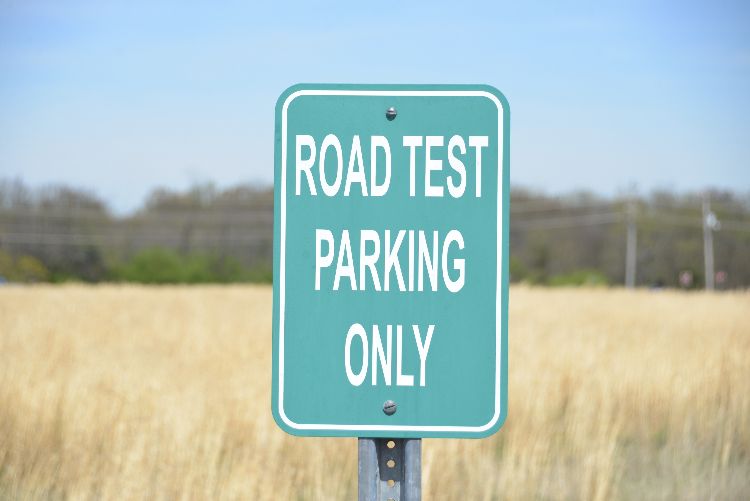
CDL Driving Test Procedure
The driving school will arrange the testing appointment for you. At the end of the fifth week of school, they will make enough reservations for everyone in the class. As the instructors feel that the students are ready, they will take the students in a truck to the DMV in small groups. If a class is 12~15 students, then over 3~4 days of testing everyone will have a chance to take the driving test. The students that test later in the schedule will have a few additional days of practice.
If you fail any of the three parts of the test, the test stops immediately. (For example—if you can’t inspect the truck properly, they don’t let you drive it on public roads.)
The DMV allows you three different attempts to pass the driving test. If you fail three times, the DMV will require you to retake all the written tests.
Note: Most driving schools provide a truck to take your driving test twice. If you need a truck to take a test for a third time, they will rent you a truck at a very discounted rate. This is something you should check when picking a driving school.
Note: Some “Train Here. Work Here” schools will cut you from the training program after two unsuccessful attempts at the driving test. Which is another reason to avoid a “Train Here. Work Here” school. Check before signing up for any classes.
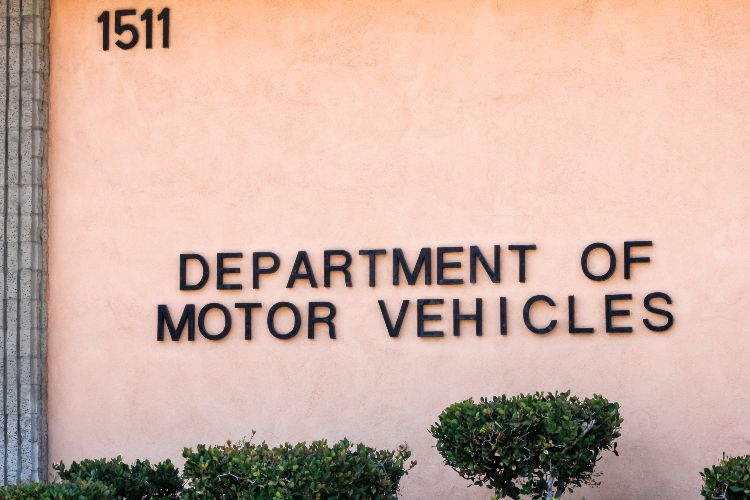
On Test Day
The Pre-trip Inspection Test happens first. If the obstacle course is adjacent to the DMV testing facility, you might get your Skills Test next. Then your Highway/City Driving Test last. If the obstacle course is not next to the DMV—you will take part of the Highway/City (driving to the Skills Test area), then take the Skills Test, then take the rest of the Highway/City Driving (returning to the DMV office):
- Pre-trip
- Skills
- Highway/City
or
- Pre-trip
- Highway/City (1st half)
- Skills
- Highway/City (2nd half)
Each DMV is slightly different. Your local school will explain the procedure.
Pass / Fail Rate
There are no actual statistics on pass/fail rate with new drivers. Anecdotal evidence from driving instructors suggest that more than 85% of all students pass the driving test (all three parts) on the first try.
You will be learning and training for your entire career. Passing the Driving Test isn’t the end of learning. Passing the Driving Test means that the DMV feels that you have the basic skills necessary to operate a truck safely.
Conclusion
The driving school training will be virtually identical to how DMV runs the actual test.
The school will prepare you for the test. They won’t take you to DMV until they are confident that you can pass. This is another reason why it is important to pick a good school.

Michael has had his Class A CDL since 2002, and has worked for several OTR trucking companies. He also drove a truck for the Yellowstone National Park Laundry Department. Michael has worked for two FRA regulated railroads. Then he spent a year driving an ultrasonic, rail-scanning truck on railroad tracks. In addition, Michael has 10 years of experience in logistics and operations where he worked safely with trucks and railroad equipment. Earlier in his life, he was an educator; teaching throughout the U.S. and South Korea.
